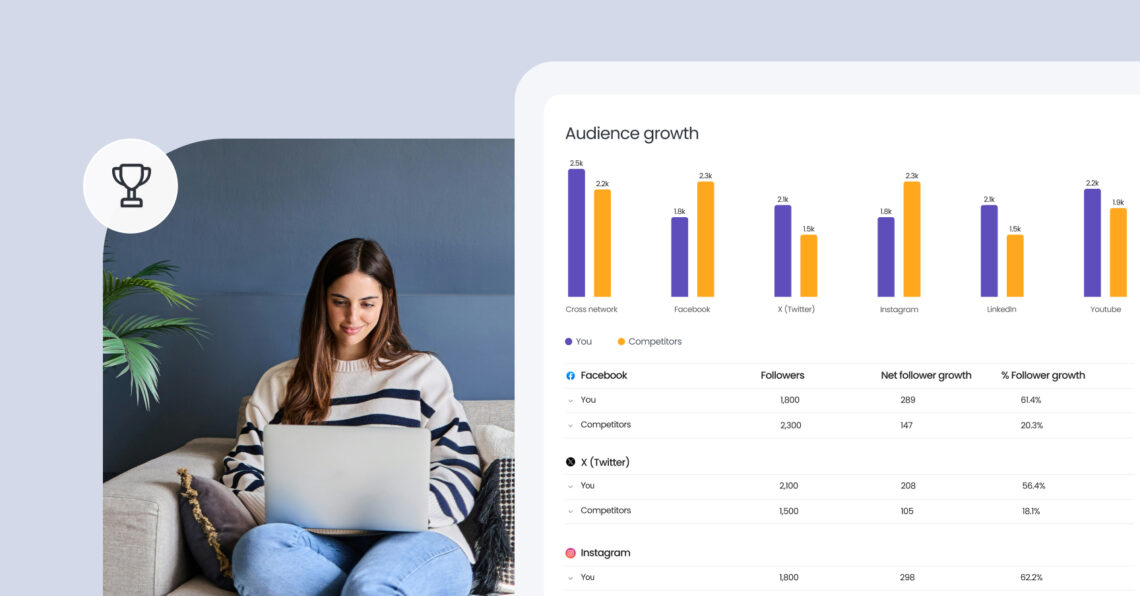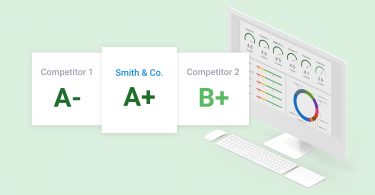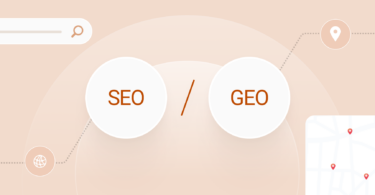Market mapping is the process of visually positioning your business alongside competitors to uncover market gaps, customer trends, and strategic opportunities. Whether you’re in real estate, healthcare, or tech, market mapping helps you understand who’s dominating your space and where your brand can win.
As industries become saturated and consumer preferences shift rapidly, businesses that map their markets intelligently can uncover untapped growth opportunities, avoid costly missteps, and sharpen their competitive edge.
But in 2025, the game has changed. Dynamic, AI-powered insights replace traditional market maps based on spreadsheets and static research. In this blog, you’ll discover market mapping, how it supports growth in 2025, and how to leverage AI tools like Birdeye for competition mapping, sales mapping, and local market dominance.
Table of contents
- What is market mapping?
- Benefits of market mapping for business success
- Market mapping examples – Top types to know
- How to build a market map? A step-by-step guide
- Market mapping case study: Birdeye x Fairlawn real estate
- How AI transforms market mapping in 2025
- Top AI trends in market mapping for 2025
- Conclusion
- FAQs on market mapping
- Know your competitors better with Birdeye’s GenAI tools
What is market mapping?
Market mapping is a strategic technique that visually analyzes your market landscape to identify where your business, competitors, products, and customers fit within the broader ecosystem.
Market mapping, aka positional mapping or competitive landscape mapping, typically involves plotting competitors on a chart or graph, using vertical and horizontal axes to analyze key factors like pricing, quality, market share, online reputation, or customer segments. This visual approach helps identify gaps and opportunities.
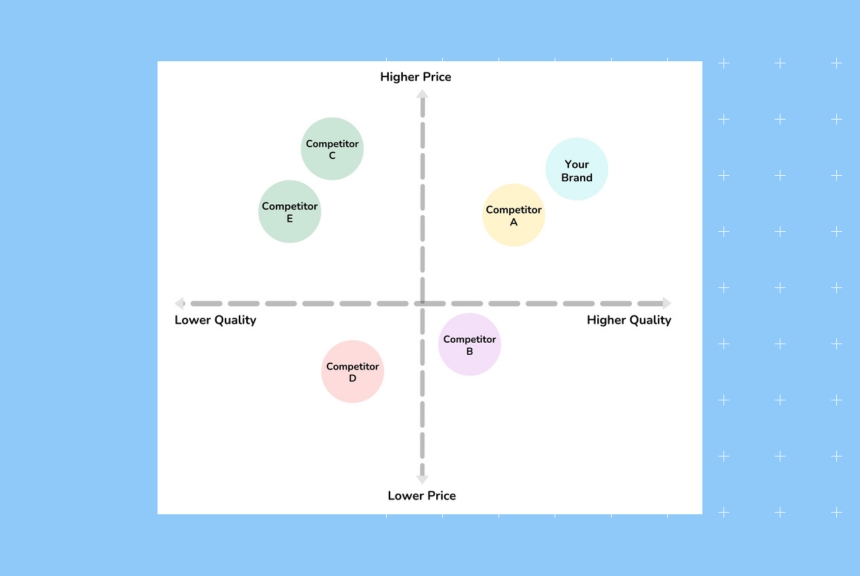
Traditionally used by strategists and investors, market mapping is now an essential tool for sales, marketing, and operations teams to make data-driven decisions.
In 2025, market mapping has evolved beyond static charts and manual research. Today, AI-driven market mapping analysis platforms enable businesses to gather and interpret live market data, offering a dynamic view of competitor movements, customer sentiment, and emerging trends.
Market mapping analysis: Top things to know
Looking further into your market mapping data can help you understand:
- Brand positioning gaps: This tells you if there is a gap between your business and how the audience perceives it. This data can help you tweak strategies and strengthen brand value in the market.
- Competitive clusters: The initial market map provides a broader market understanding. However, deeper analysis tells you who to compete with and where.
- Marker trends: Monitoring market maps helps you set the correct customer acquisition targets, strengthen product value, and identify potential growth partners.
Benefits of market mapping for business success
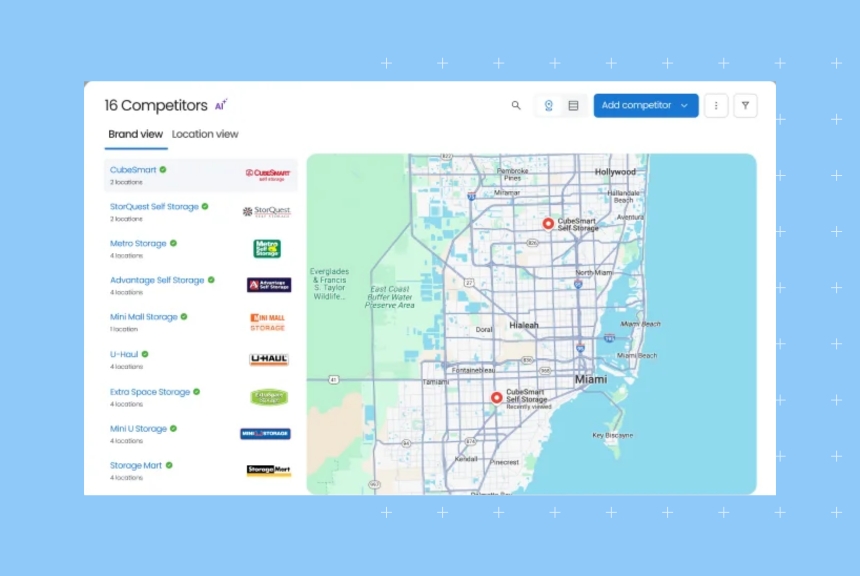
Whether you’re mapping a startup or a multi-location brand, this practice can be the difference between thriving and simply surviving. Here’s why:
- Gain competitive intelligence: Understand your position in the market relative to key competitors. Spot emerging players, identify new entrants or disruptors in your niche.
- Sharper segmentation and positioning: Brand positioning maps help tailor offerings to market segments based on competitor blind spots and customer needs. This significantly boosts your growth rate and aids in becoming a market leader.
- Proactive strategy adjustments: Respond to market shifts, regulatory changes, or consumer sentiment in real-time by using AI-powered data streams.
- Improved visibility: Boost local SEO by identifying where listings, reviews, and brand presence fall short. By strengthening these areas, you can ensure your unique selling points are always front and center.
📍 Why is market mapping vitall for multi-location businesses
For multi-location businesses, each region has a unique competitive landscape. Hyperlocal market mapping helps businesses tailor their approach to specific areas, ensuring they stay relevant, competitive, and visible across multiple locations.
Market mapping examples – Top types to know
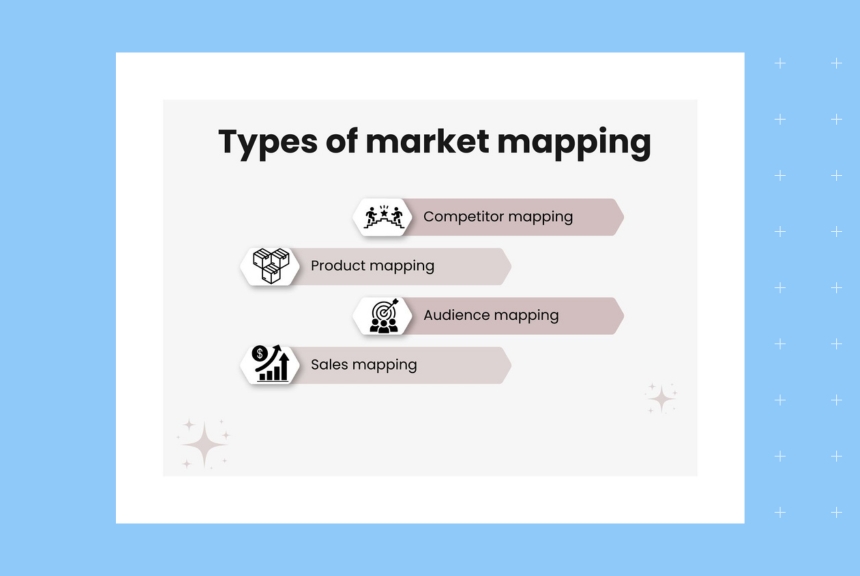
There are four common ways businesses use market mapping, depending on their goals. Some focus on customers, others on competitors, or brand sentiment. The top examples of market mapping types for multi-location businesses include:
- Competitor mapping
- Product mapping
- Audience mapping
- Sales mapping
Let us explore these examples in detail.
Competitor mapping
This marketing mapping helps businesses visualize where competitors stand based on key factors like pricing vs. value or market share vs. customer satisfaction. By, tracking rival activities and pricing strategies and reviewing trends across locations, businesses can strengthen their market positioning and outperform competitors seamlessly.
With tools like Birdeye Competitors AI, businesses can:
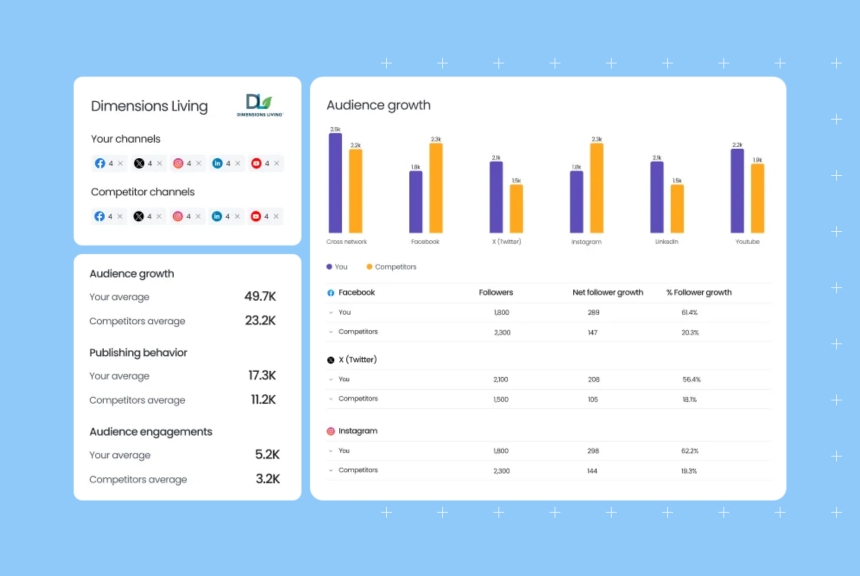
✔Identify local competitors
✔Compare performance against industry benchmarks
✔ Get intelligent recommendations to rise to the top
“Birdeye’s competitor analysis feature has been instrumental in understanding how my business stacks up against the competition. By providing insights into their online reputation and customer feedback, it has helped me identify areas where I can improve and differentiate myself in the market.”
Daniel Dye, Vice President, Native Rank
Product mapping
This approach helps businesses visualize where their products stand within the industry based on customer needs, features, and pricing. You can gather this information via market studies and perceptual mapping techniques such as internal research, customer reviews, and surveys.
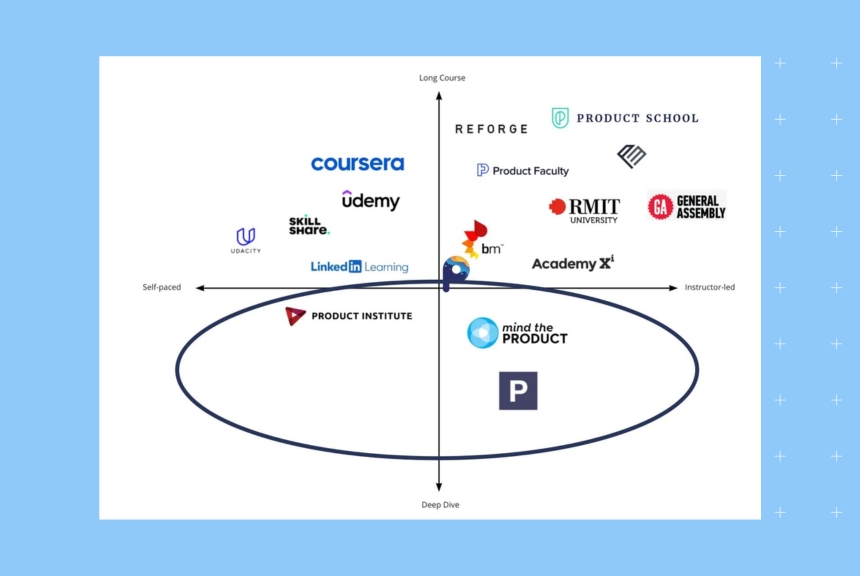
With tools like Birdeye Insights AI, businesses can
✔ Identify which product attributes resonate most with customers
✔ Analyze customer sentiment from reviews and surveys
“Understanding patient experiences is crucial in alternative medicine. Birdeye provides detailed insights into patient satisfaction, helping me identify trends, strengths, and areas for improvement. This data informs our service offerings and enhances the overall patient experience.”
Jim Lee, People Specialist, Alternative Medicine
Audience mapping
This mapping helps businesses understand where their customers fit within the market by segmenting them based on demographics, preferences, or buying behaviors.
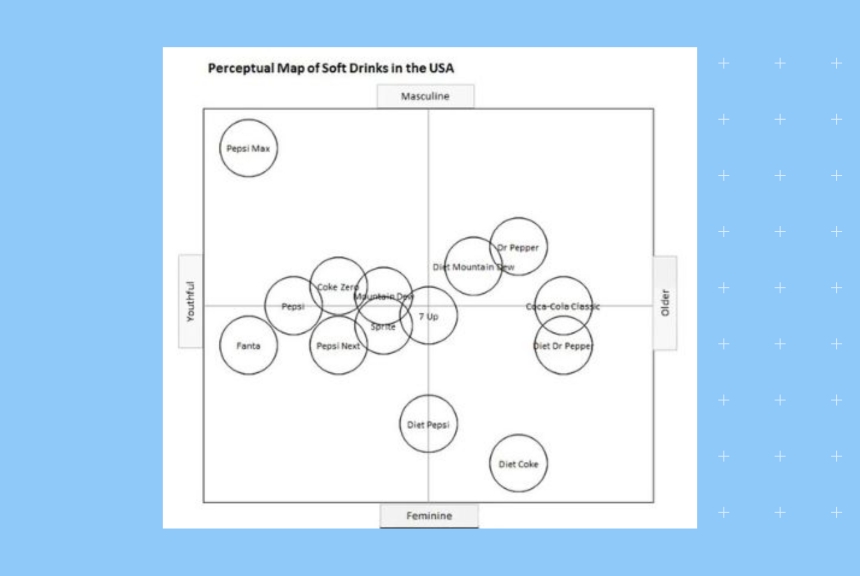
By leveraging AI tools, businesses can:
✔ Analyze customer sentiment patterns
✔ Pinpoint segments with the highest potential for loyalty and growth.
A key tool in audience market mapping is a designated market area map (DMA map)—a geographic representation used by advertisers and marketers to segment audiences based on media consumption.
Benefits of a designated market area map:
- Tailor local campaigns to specific regions.
- Prioritize underperforming areas with targeted promotions.
- Optimize ad spend by focusing on high-value markets.
- Identify competitive gaps on a regional level.
Know your competitors at local and global level with Birdeye
Want to see the impact of Birdeye on your business? Watch the Free Demo Now.
Sales mapping
Sales mapping involves aligning sales territories and teams to regions with the most opportunity. AI-driven sales mapping highlights where to deploy reps, optimize coverage, and reallocate resources for maximum impact.
With Birdeye Competitors AI and Insights AI, multi-location businesses can:
- Discover underpenetrated regions.
- Align sales goals with customer sentiment trends.
- Integrate listings and review data to inform sales territory strategies.
How to build a market map? A step-by-step guide
Here is a practical breakdown for creating your own market map.
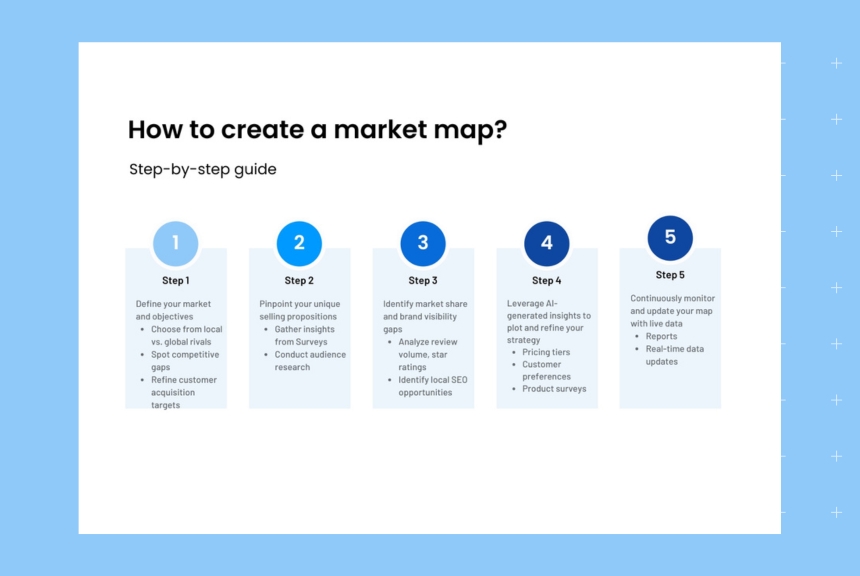
Step 1: Define your market and objectives
Start by clarifying your market boundaries: Are you mapping locally, regionally, or nationally? Outline what you aim to achieve, such as spotting competitive gaps or refining customer acquisition targets.
Step 2: Pinpoint your unique selling propositions (USPs)
Identify what makes your business stand out. Use tools like Birdeye Insights AI to gather direct feedback from customer reviews and surveys to better understand your USPs from the customer’s perspective.
Step 3: Identify market share and brand visibility gaps
Combine market share data with online visibility insights (e.g., review volume, star ratings) across regions to find underserved markets. You can also identify local SEO opportunities by identifying keywords your competitors are ranking for but you are not.
Step 4: Leverage AI-generated insights to plot and refine your strategy
Use Birdeye’s platform to visualize key findings. Seek answers to questions like:
- Are there customer segments competitors are neglecting?
- Are there pricing tiers you could dominate?
- What do their clients like the most and least about them?
- Is there a product everyone mentions but you don’t have yet?
Step 5: Continuously monitor and update your map with live data
With AI mapping tools, your market map becomes a living document that adapts to market changes and competitor moves in real time. Make sure that you consistently monitor the maps and run analysis in light of any new information you may get.
Market mapping case study: Birdeye x Fairlawn real estate
Fairlawn real estate
A Midwest property management brand with 180+ locations in a competitive market, every insight is a significant competitive advantage for Fairlawn real estate. And that is exactly how Birdeye helped the brand solidify their position in the market.
With Birdeye Competitors AI, Fairlawn real estate
- Understood their strengths and weaknesses across valuable service categories like staff, maintenance, and amenities
- Automated SWOT analysis of leasing units to identify what makes them stand out from their competitors
- Gain actionable insights on how to dominate the local markets
“With our Birdeye dashboard, we gained new perspectives at every level. Competitors AI ensures we remain aware of our position in individual markets, while Insights AI and Reviews AI provide a more inward look into our overall performance.”
Allison Ross, Senior Marketing Specialist, Fairlawn Real Estate
How AI transforms market mapping in 2025
Once your market map is built, AI tools can supercharge your analysis with real-time data, automated insights, and predictive trends.
- Real-time competitor data: AI tools like Birdeye track the accuracy of competitor reviews, pricing, and listings.
- Hyperlocal intelligence: Drill down to DMA-level insights for precision targeting.
- Integrated sales and competition mapping: Align sales territories with regions where competitors underperform.
- Dynamic market maps: AI dashboards automatically adjust as new data streams in.
- Google Maps marketing synergy: AI enhances local search marketing efforts by uncovering local keywords, citation directories, and more to utilize.
- Predictive insights: Forecast competitor behavior and customer sentiment shifts with AI-generated trends.
| Challenge | AI-Powered Solution |
| Static market data that quickly becomes outdated | Birdeye’s real-time competitor and review tracking |
| Manual and time-consuming research | Automated dashboards aggregating listings, reviews, and social insights |
| Blind spots in customer sentiment analysis | AI-powered sentiment analysis across surveys and reviews |
| Ineffective competitive benchmarking | Competitors AI benchmarking by geography, category, and sentiment trends |
Top AI trends in market mapping for 2025
AI is reshaping how businesses understand and navigate their competitive landscape. Here are four trends driving the future of market mapping:
1. Real-time competitor sentiment tracking
AI tools now track and analyze customer reviews across competitors in real time, giving you instant insights into what’s working (or failing) across your industry.
2. Auto-generated quadrant maps based on customer reviews
Instead of manually plotting competitors, AI can now pull from public review data and automatically place businesses on a visual map, ranked by metrics like sentiment, frequency, or feature mentions.
3. Predictive analysis on competitor movements
AI can identify patterns in pricing shifts, ad spend, or review velocity to help predict where competitors are heading, so you can stay ahead of the curve.
4. Industry-specific benchmarking models
AI-powered tools can compare your brand performance to similar businesses in your industry and location, helping you spot where you overperform or lag behind.
These trends are turning market mapping from a one-time project into an always-on, data-driven strategy, especially when paired with tools like Birdeye.
Conclusion
In 2025, market mapping is more than plotting points on a chart—it’s about leveraging AI-powered tools to gain real-time intelligence, outmaneuver competitors, and make informed decisions faster. Whether you’re optimizing sales territories, identifying competitive gaps, or sharpening your brand’s positioning, market mapping provides the clarity businesses need to scale effectively.
With the right tools, businesses can seamlessly merge market data with actionable strategies. Now is the time to move from static analysis to dynamic, AI-driven market insights that deliver growth and resilience.
FAQs on market mapping
Market mapping can benefit all market-based industries—from retail and hospitality to healthcare and SaaS.
Competitor analysis focuses solely on close competitors, while market mapping visualizes the broader market ecosystem, including key attributes like customer segments and product positioning.
Yes! AI tools like Birdeye scale to fit mid and large multi-location enterprises, offering competitive insights at any size.
By identifying underserved areas and weak competitor performance, businesses can focus efforts where they’ll gain more visibility and reviews, boosting local SEO.
Birdeye is an AI company that helps businesses map their markets through real-time competitor analysis, customer sentiment insights, and listing optimization.
Sales mapping helps businesses allocate resources more effectively by visualizing sales territories within a broader market map.
A market map VC is a visual tool used by venture capitalists to assess the competitive landscape, identify market gaps, and evaluate potential investments.
Know your competitors better with Birdeye’s GenAI tools
Market mapping is a must-have for big brands as well as local businesses looking to win in competitive markets. Birdeye’s advanced Gen-AI tools help you gather insights, track sentiment, and plot your next move, without spreadsheets or guesswork. Here’s how:
- Insights AI: Extract actionable insights from customer feedback and sentiment trends.
- Competitors AI: Benchmark against local competitors and gain intelligent, AI-powered recommendations.
- Listings: Ensure your business information is accurate and consistent across directories to enhance local SEO.
- Reviews: Build trust and improve customer perception with better review management.
Make data-driven decisions faster and sharpen your competitive edge. Watch a free demo to learn more.

Originally published
